
An innovative development in renewable energy is Alaska’s discovery of a massive hydrokinetic energy source beneath its ice-covered rivers, especially the Yukon River. According to research, this resource could produce 1,100 terawatt-hours (TWh) a year, or roughly 30% of all electricity consumed in the United States in 2023. Department of Energy (DOE) promises to replace expensive diesel power, lower carbon emissions, and promote energy independence.
Alaska is positioned as a potential clean energy powerhouse as a result of the discovery, which challenges conventional energy paradigms. Hydrokinetic energy beneath ice provides a steady, predictable flow of power all year round, in contrast to solar or wind, which are erratic and subject to seasonal restrictions in the Arctic. For energy planners and legislators looking to integrate renewables into the grid dependably, this stability is revolutionary.
From Frozen Flows to Fossil Fuels
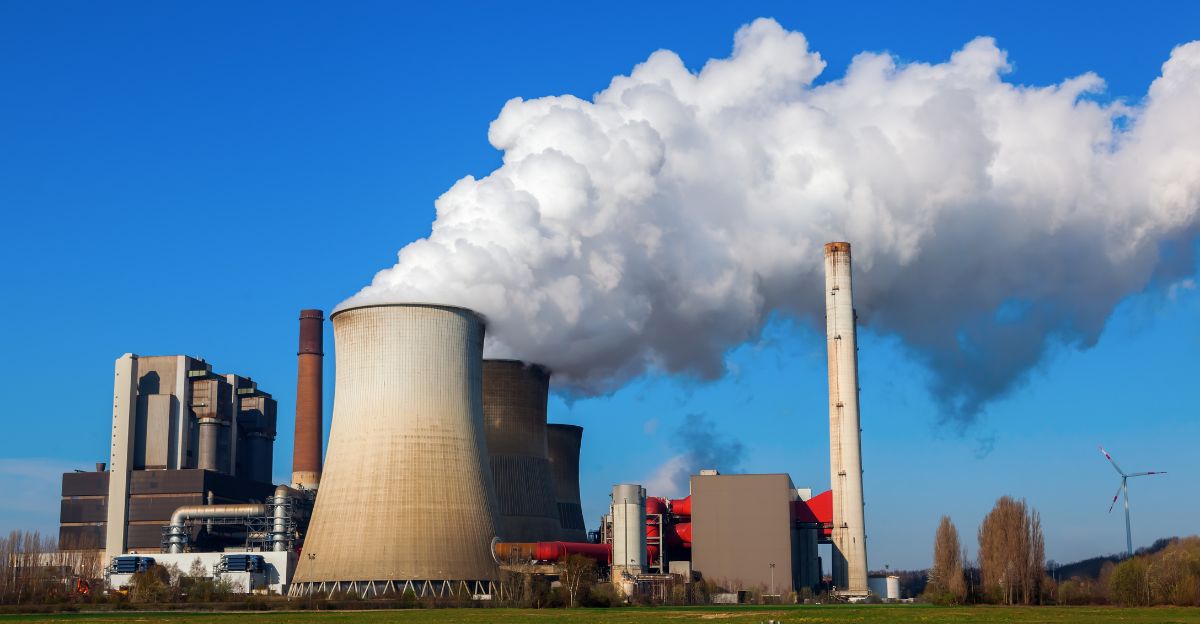
Fossil fuels—oil, gas, and diesel—have dominated Alaska’s energy history, powering its vast, remote communities at a significant financial and environmental cost. Due to the state’s reliance on diesel generators, energy has become costly and susceptible to supply interruptions, particularly in rural areas.
Alaska’s energy evolution adds to this historical narrative by reflecting larger economic and geopolitical dynamics. In addition to bringing wealth, the late 20th-century oil boom solidified reliance on unstable international markets. The fragility of this model was revealed by the 2008 financial crisis and the ensuing oil price crashes, which sparked a renewed interest in diversification. Indigenous groups, who are frequently left out of energy decisions, are pushing more and more for sustainable options that honor their ancestral lands and ways of life.
Technological Innovation: Hydrokinetic Systems and the RRBT
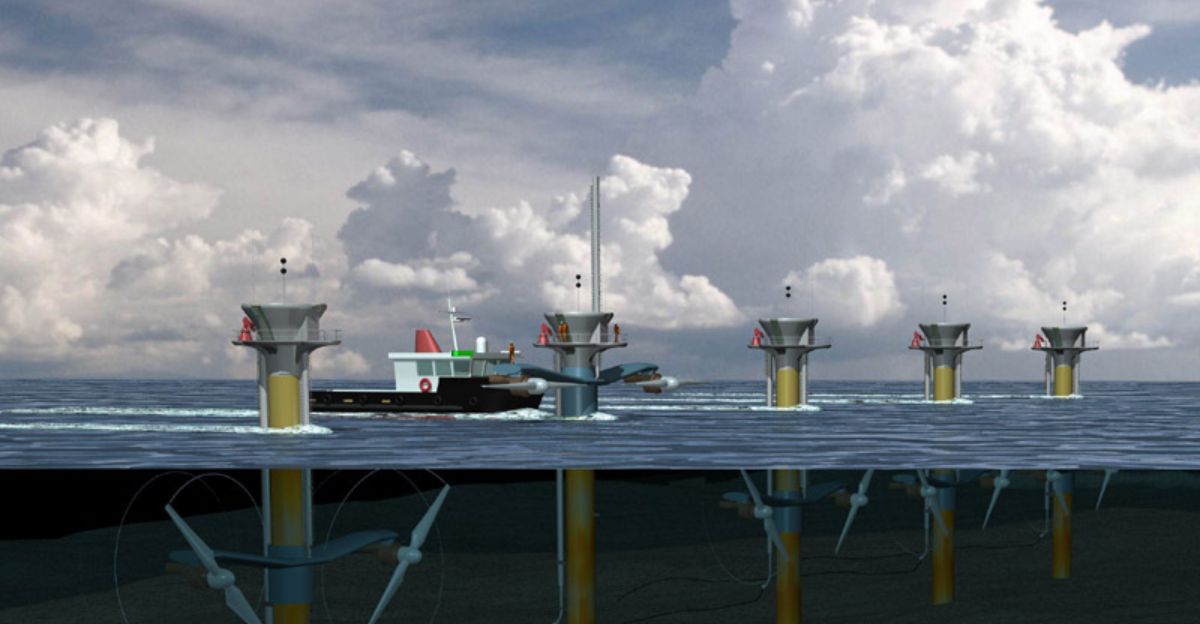
The Reactive Reversible Blade Turbine (RRBT), which is designed to generate energy from slowly moving water beneath ice without causing environmental disturbance, is at the core of Alaska’s energy revolution. In contrast to traditional turbines, RRBT uses no chemicals or lubricants and closely follows DOE environmental regulations to safeguard aquatic life.
Additionally, the technology incorporates AI-powered real-time monitoring systems to maximize performance and identify irregularities early, averting failures under challenging circumstances. By combining cutting-edge materials science, robotics, and environmental engineering, the RRBT is positioned as a flagship invention that will inspire similar advancements around the world and establish new benchmarks for the extraction of renewable energy in harsh environments.
Reducing Dependency on Diesel and Expenses
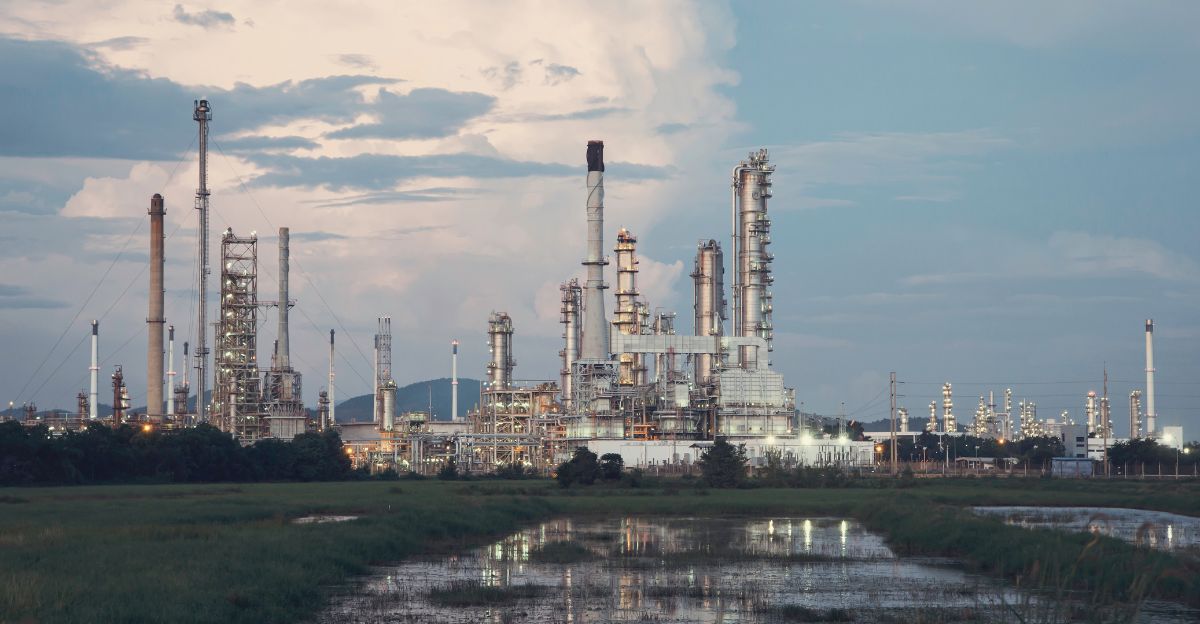
Alaska’s hydrokinetic energy has the potential to significantly lessen the state’s reliance on imported diesel fuel, which currently accounts for the majority of local power generation and is expensive for citizens. The logistically challenging and costly process of transporting diesel fuel to isolated villages raises electricity costs and increases economic vulnerability.
Alaska can improve resilience against fluctuations in the world’s fuel prices and stabilize energy costs by utilizing locally accessible hydrokinetic power.
Looking more closely at the economic effects, this change may spark a significant overhaul of Alaska’s socioeconomic structure. Saving money on energy directly raises living standards and makes it possible to invest in infrastructure, healthcare, and education.
An Arctic Clean Energy Paradise
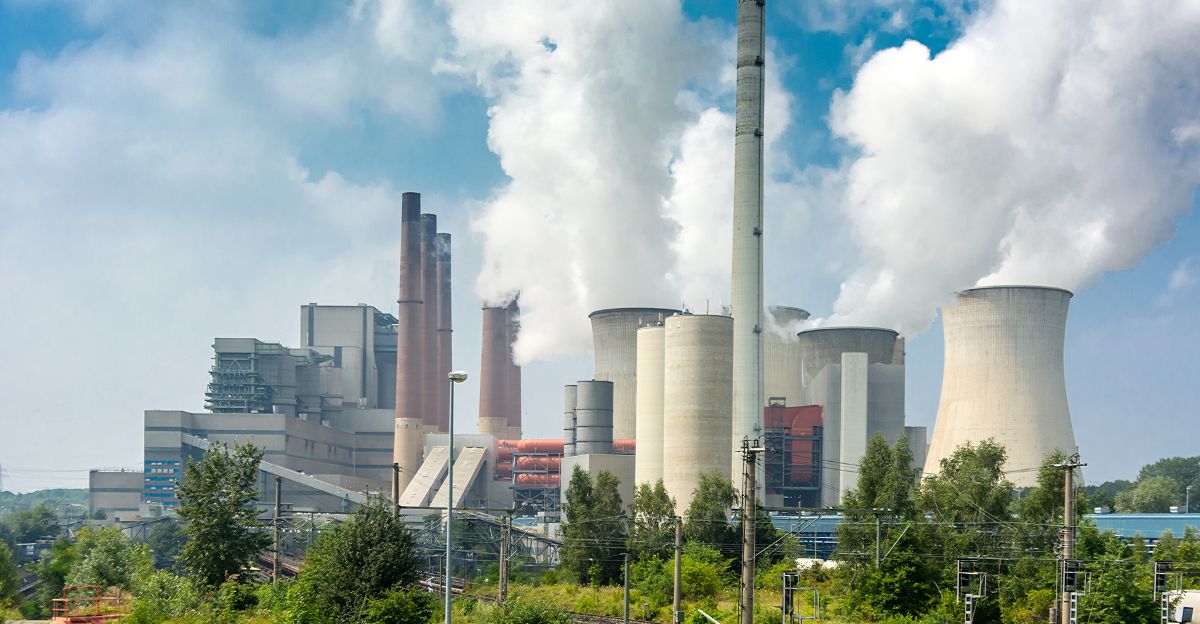
There are significant environmental benefits to hydrokinetic energy beneath Alaska’s ice. Unlike fossil fuels, which are a major contributor to climate change, it emits no greenhouse gases. By preventing chemical pollution and minimizing ecological disturbance, the technology’s design protects aquatic environments. Switching to clean energy is essential to slowing permafrost melt, coastal erosion, and biodiversity loss in Alaska, which is warming twice as quickly as the rest of the country.
Because of the technology’s minimal physical impact, riverine landscapes are preserved, preserving the natural sediment flows that are necessary for nutrient cycling and fish spawning. Communities that depend on healthy aquatic ecosystems for their subsistence fishing livelihoods should pay special attention to this. Additionally, Alaska’s commitments under international climate agreements are supported by the shift to renewable energy, further solidifying the United States’ position as a climate leader.
Challenges of Energy Storage and Grid Integration
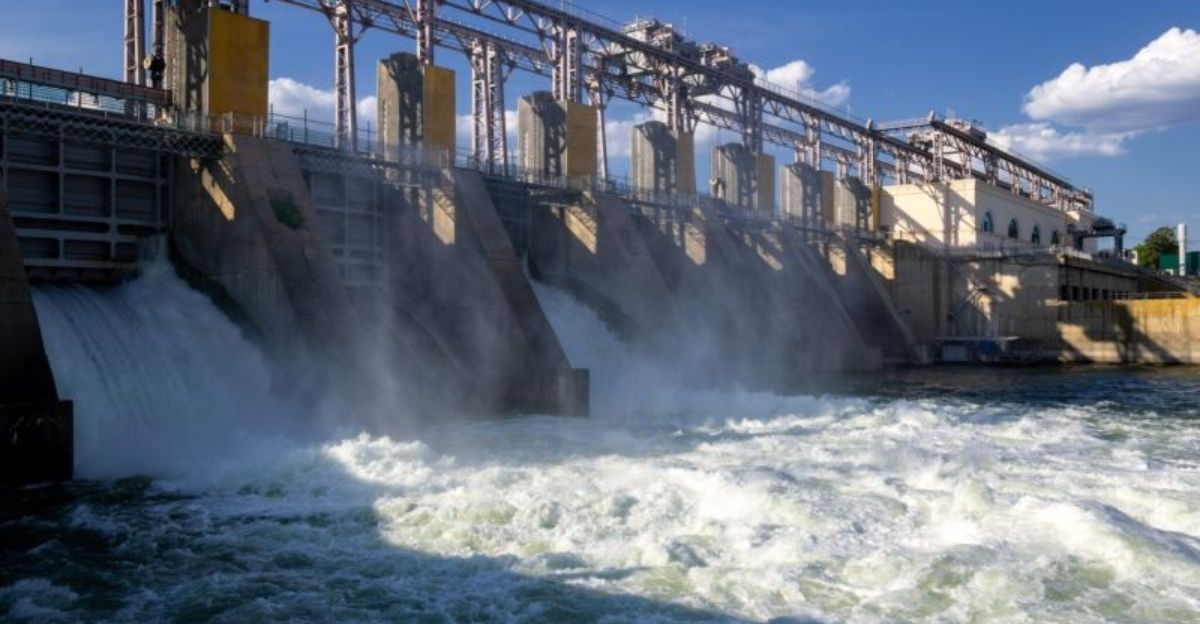
Despite its potential, Alaska’s hydrokinetic energy still faces formidable storage and grid integration obstacles. Alaska’s energy infrastructure is dispersed, with a larger Railbelt system linking urban centers and isolated microgrids serving numerous communities. Reliable energy storage solutions are necessary due to the unpredictability of renewable energy sources like solar and wind.
Additionally, output variability could be reduced by hybrid systems that combine hydrokinetic power with solar and wind power, but they need strong forecasting and energy management tools. One major obstacle is funding these infrastructure improvements, which calls for federal assistance as well as public-private partnerships. In order to fully utilize Alaska’s hydrokinetic resource and guarantee fair access to reasonably priced, clean energy throughout the state, these issues must be resolved.
Sociocultural Aspects: Strengthening Rural and Indigenous Communities

In Alaska, the use of hydrokinetic energy has significant sociocultural ramifications. Due to their reliance on diesel, many rural and Indigenous communities currently experience high costs and energy insecurity. The DOE’s dedication to developing local talent through engineering programs and internships guarantees that the development of renewable energy is culturally aware and driven by the community.
Communities that are energy-autonomous are more resilient to outside shocks like supply chain interruptions or spikes in fuel prices. Additionally, the program helps close access and representation gaps by providing STEM education to Indigenous youth. Alaska’s hydrokinetic program is a prime example of how energy projects can support social justice, empowerment, and sustainable development in underserved communities by fusing technological innovation with cultural preservation.
Contrarian Opinions: Hydrokinetic Hype’s Dangers and Realism
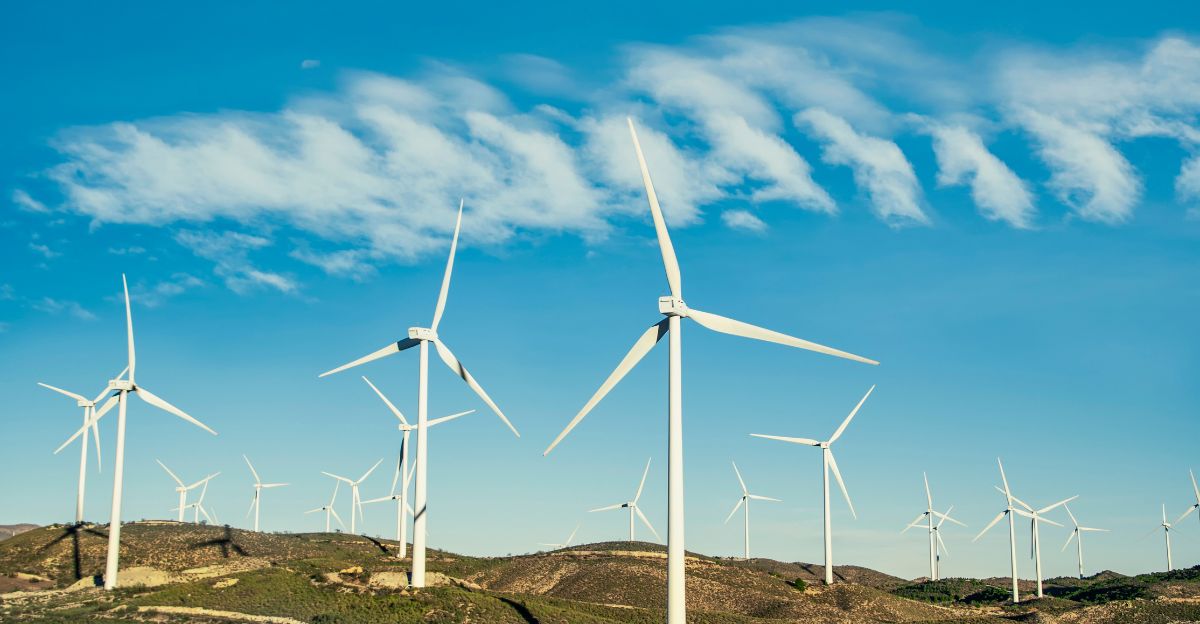
Although promising, skeptics warn that Alaska’s hydrokinetic energy may encounter unanticipated technical, financial, and environmental challenges. The harsh conditions in the Arctic put turbine longevity and maintenance expenses at risk. Even though the effects on the environment are minimal, careful observation is necessary to avoid upsetting delicate aquatic ecosystems.
Building on these counterintuitive viewpoints, it is critical to acknowledge the lessons learned from previous energy transitions in which initial zeal failed to take systemic issues into account. Early hydropower projects, for example, frequently understated the ecological and social costs, which had long-term effects.
Alaska as an Arctic Energy Innovation
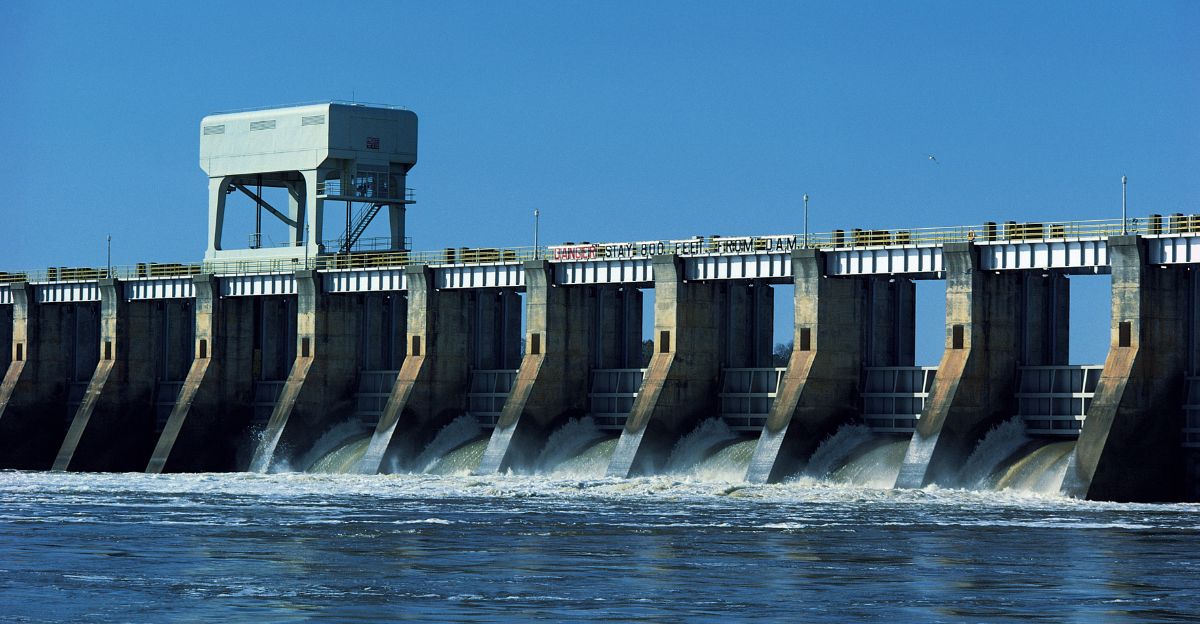
Test Site Alaska is now a global leader in Arctic energy innovation thanks to its hydrokinetic discovery. Similar initiatives in other circumpolar regions dealing with energy access issues and climate pressures might be sparked by its success. Combining hydrokinetic power with solar, wind, and pumped storage could create a replicable model for environmentally friendly energy systems.
Furthermore, by utilizing the synergies of renewable energy, the hydrokinetic model may stimulate innovations in other fields, including cold-climate agriculture, hydrogen production, and water desalination. This all-encompassing strategy is in line with new ideas of sustainable development and the circular economy, making Alaska not only a leader in energy but also a driving force behind structural change in the way communities in vulnerable areas adapt to and lessen the effects of climate change.
Breaking Through the Ice to Unlock America’s Renewable Energy Future

More than just a regional first, Alaska’s discovery of hydrokinetic energy beneath its ice represents a paradigm shift in the US renewable energy market. In addition to powering Alaska, this abundant, clean, and dependable resource can make a substantial contribution to the country’s energy mix, lowering reliance on fossil fuels and promoting climate goals.
To sum up, this discovery has far-reaching implications that go well beyond energy production. It questions long-held beliefs regarding the boundaries of renewable energy sources and the feasibility of Arctic regions as centers of sustainable power. Alaska establishes a standard for innovation that respects ecological boundaries and benefits communities by developing hydrokinetic technology that is tailored to harsh environments.
Explore more of our trending stories and hit Follow to keep them coming to your feed!

Don’t miss out on more stories like this! Hit the Follow button at the top of this article to stay updated with the latest news. Share your thoughts in the comments—we’d love to hear from you!







